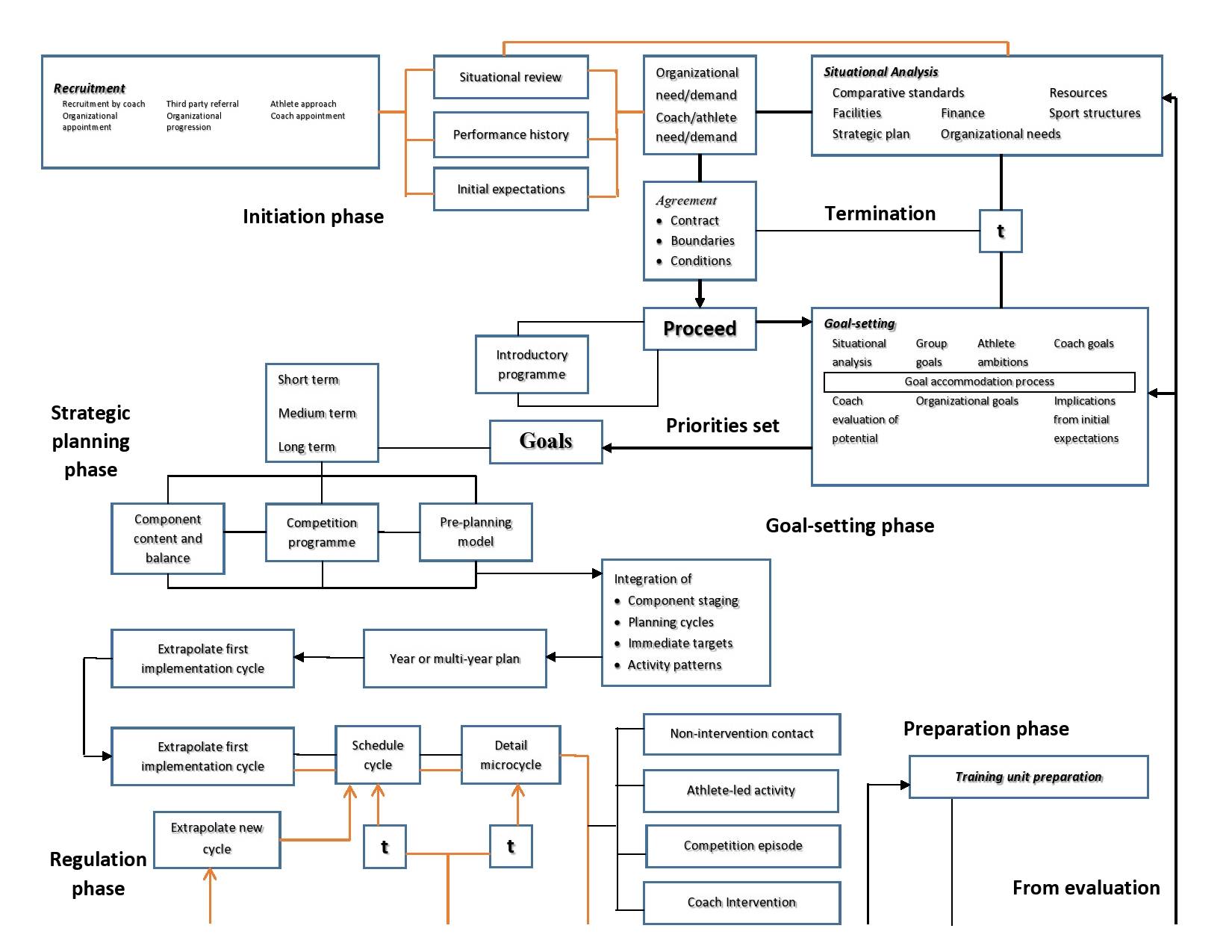PMHNP Problem Focused SOAP Note
(Use this template for this Assignment)
Demographic Data
- Patient age and Patient’s gender identity
- MUST BE HIPAA compliant.
Subjective
Chief Complaint (CC):
- Place the patient’s CC complaint in Quotes
History of Present Illness (HPI):
-
- Reason for an appointment today.
- The events that led to hospitalization or clinic visits today.
- Include symptoms, relieving factors, and past compliance or non-compliance with medications
- Any adverse effects from past medication use
- Sleep patterns – number of hours of sleep per day, early wakefulness, not being able to initiate sleep, not able to stay asleep, etc.
- Suicide or homicide thoughts present
- Any self-care or Activity of Daily Living (ADL) such as eating, drinking liquids, self-care deficits or issues noted?
- Presence/description of psychosis (if psychosis, command or non-command)
Problem Focused SOAP Note
Past Psychiatric History (PSH):
-
- Past psychiatric diagnoses
- Past hospitalizations
- Past psychiatric medications use
- Any non-compliance issues in the past?
- Any meds that didn’t work for this patient?
Family History of Psychiatric Conditions or Diagnoses:
-
- Mother/father, siblings, grandparents, or direct relatives
Social History:
-
- Include nutrition, exercise, substance use (details of use), sexual history/preference, occupation (type), highest school achievement, financial problems, legal issues, children, history of personal abuse (including sexual, emotional, or physical).
Allergies:
-
- to medications, foods, chemicals, and other.
Review of Systems (ROS) (Physical Complaints):
-
- Any physical complaints by body system? (Respiratory, Cardiac, Renal, etc.)
Objective
Mental Status Exam:
-
- This is not physical exam.
- Mini-Mental Status Exam (MMSE) – Full exam
Assessment (Diagnosis)
Differentials
- Two (2) differential diagnoses with ICD-10 codes.
- Must include rationale using DSM-5 Criteria (Required)
- Why didn’t you pick these as a major diagnosis?
Working Diagnosis
- Final or working diagnosis (1), with ICD-10 code.
- Must include rationale using DSM-5 criteria required – Which symptoms/signs in the DSM-5 the patient matches mostly)
Problem Focused SOAP Note
Plan
Treatment Plan (Tx Plan):
- Pharmacologic: Include full information for each medication(s) prescribed,
- Refill Provided: Include full information for each medication(s) refilled,
Patient Education:
- including specific medication teaching points,
- Was risk versus benefit of current treatment plan addressed for meds or treatment,
- Risk versus benefit of non-FDA approved for working diagnosis – Off-label use of medication education to patient addressed?
Prognosis:
- Make Decision for prognosis: Good, Fair, Poor
- Provide brief statement lending support for or against the decided prognosis.
Therapy Recommendations:
- Type(s) of therapy recommended.
Problem Focused SOAP Note
Referral/Follow-up:
- Did you recommend follow-up with Psychiatrist PCP or other specialist or healthcare professionals?,
- When is the subsequent follow-up?,
- Include rationale for the F/U recommendation or referral.,
Reference(s):
- Include American Psychological Association (APA) formatted references.
- Include a reference from the American Psychiatric Association’s Diagnostic and Statistical Manual of Mental Health Disorders (DSM-5) or the accompanying Desk Reference of Diagnostic Criteria from DSM-5.
- Minimum 2 references are required.











